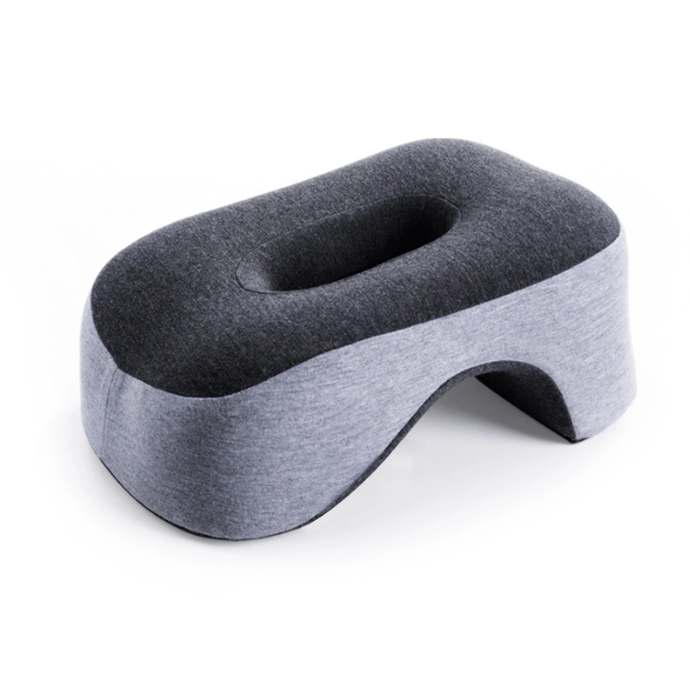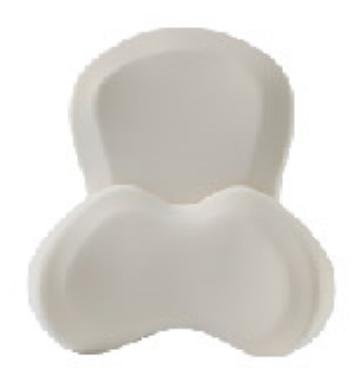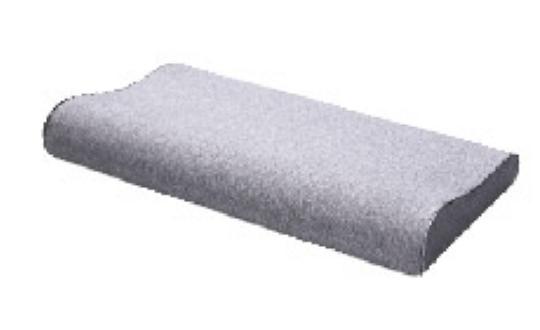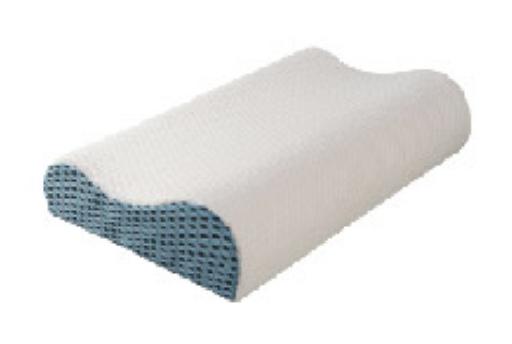If you’ve ever lain on a mattress that molds around your body, or rested your head on a pillow that forms to the shape of your head, then you have probably felt that unique comfort that only memory foam can give. Named for its ability to react to heat and pressure, memory foam is recognized worldwide – and not just in bedding. But what is its purpose, and how has it become so widely used in modern times? For that answer, we must look at where memory foam came from, what it was designed to do, and how it’s still changing today.
The story of memory foam does not start in any bedroom. It starts in outer space. First created in the 1960s by the National Aeronautics and Space Administration, memory foam was meant to be used for enhancing seat cushioning and crash protection in aircraft for astronauts. Engineers were hunting around for a material that would be able to absorb shock, distribute pressure uniformly, and at the same time not let it give way under highly critical conditions. And hit on developing this unique viscoelastic polyurethane foam, later known as “memory foam.”
Starting from the advanced applications to industrial use, the inclusion in daily products had started. In the 1980s and 1990s, the potential of memory foam for providing comfortable sleep was acknowledged by mattress companies, which began incorporating it into bedding products. As a space-age material, memory foam has extended far beyond its original use in areas like health care, sports, automobiles, and living at home.
The Core Purpose of Memory Foam
All you could say is that memory foam is comfort, support, and protection.
Pressure Relief: Another huge advantage of memory foam is its ability to eliminate pressure points. As you lie on a memory foam mattress, the material shapes around your body, distributing your weight uniformly across the surface. It doesn’t strain sensitive areas, namely shoulders, hips, or lower back, so much. This can make a huge difference in daily comfort for people with chronic pain and osteoarthritis.
Memory foam molds to the shape of your body instead of the curves of your body. As a result, when you’re sleeping, it’s able to keep your spine aligned, limiting the likelihood of waking up with aches and pains. This is the main reason athletes find memory foam comfortable—it allows for individual relaxation so that muscles can recover overnight.
It is the impact-absorbing property of memory foam that is great due to its viscoelastic nature. Thus, it is not limited only to bedding, but also to medical cushions, footwear, and helmets. This way, during everyday activities as well as in high-performance scenarios, memory foam reduces the impact on the body.
Traditional memory foams tend to soften with heat since they are temperature-sensitive. This allows them to mold around your body and improve comfort by “hugging” it. While this can be too warm for some people, more recent versions incorporate cooling gels, open-cell structures, and breathable fabrics to offset the warmth.

Memory Foam in Everyday Life
You immediately understand the point of memory foam just from learning how much it is used in everyday applications today.
- Bedding: Most popular applications of mattresses, mattress toppers, and pillows. They are offering the pressure relief and support people are looking for to sleep better.
- Furniture: Memory foam in your couches, office chairs, and car seats makes them comfortable for a long time.
- Medical Equipment: From wheelchair cushions to hospital beds, memory foam helps in reducing the risk of pressure sores and better healthcare of the patient.
- Sports and Footwear: Athletic shoes have memory foam insoles that cushion every step. Helmets and protective gear are used to absorb shock.
- Industrial Uses: Because of its density and resistance to impact, memory foam is also applied in soundproofing, as well as in packaging. Benefits of Memory Foam
The foam mattress is the success of memory foam by no accident, but features this one-of-a-kind material that provides benefits that no other material in the world can offer.
Quality of sleep, sleep scientists often stress, is highly influenced by some factors such as body support and distribution of pressure. With memory foam being able to adapt to the shape of the body, the result will be minimal sleep disruption, allowing for deeper and more restful sleep cycles. Most people, when switching to a memory foam mattress or pillow, wake up feeling very refreshed instead of sore or stiff.
In memory foam healthcare pain management, which is very critical for memory foam products. Injured and fractured patients, or individuals with chronic problems like arthritis and scoliosis, really find a certain solace in using memory foam products. It helps in reducing the pressure on sensitive joints and also maintains the natural alignment of the spine; hence, it is preferred in hospitals, nursing homes, and rehabilitation centers.
Memory foam is much more resilient than traditional foams. It will keep its form for years without sagging, so it is a great long-term investment. Where some traditional mattresses may give out within a couple of years, the good quality of memory foam can go up to a decade provided, it does well in the right maintenance.
The memory foam helps dissipate motion; hence, it doesn’t make noise when one is turning in bed, as is common with spring mattresses. This is a feature that couples find very convenient – one can make a move in bed without waking the other.
Interpretations Across Industries:
Another major advantage of memory foam is its versatility. Whether from high-end bedding to athletic shoes, from insulating walls to protective cushioning, the same factors that make it good for resting also make it ideal for dozens of other uses.
Drawbacks and Considerations
Nothing is perfect, of course. Although memory foam has many advantages, there are practical considerations that prospective users should bear in mind. These include the material’s tendency to retain heat because of its dense structure, and thus discomfort for those who sleep hot. Certainly, innovative features like gel-infused foam and designs that promote breathability are stepping in to solve the problem, but it remains a concern for some.
It is when newly bought memory foam products give off some chemical smell known as “off-gassing.” This is generally harmless and temporary, but unpleasant. Airing the product for a couple of days will generally clear the smell.
Memory foam products typically are more costly than traditional methods. Comfort and longevity usually do justify the cost to many customers; however, budget-constrained buyers may find the initial investment a little challenging.
Firmness and Adaptiveness
Where some feel the memory foam too soft, others find it too firm. Its temperature sensitivity makes it feel warmer compared to a cool environment. Selecting the correct density and thickness is all-important in attaining the desired comfort level.
Sustainability and Future Trends
The future of memory foam will steer directly into planetary issues concerning sustainability, innovation, and human health.
- Heat retention in memory foam is a concern that stems from traditional memory foams being petroleum-based. Manufacturers have been looking at alternatives like plant-based foams made from soy or castor oil to reduce dependence on fossil fuels. It’s about trying to keep the same performance level but doing it in a less impactful manner on the environment.
- Smart integration of phase-change fabrics, gel beads, copper particles, etc., with memory foam will help in addressing the issue of heat retention associated with the latter, thereby enhancing comfort and its applicability.
- Intelligence in home technology memory foam into the digital age; that’s how “smart beds” are being made, which incorporate memory foam along with sleep quality, breathing, and heart rate sensors to give users insightful data about their health. The combination of comfort and data may well redefine home wellness.
In addition to bedding and comfort, memory foam has been used for shock absorption in aviation, automotive safety, and protective sports gear applications as well. The future of memory foam is bound to keep expanding since industries will need more advanced materials.
So what’s the deal with memory foam? Memory foam, at its core, is meant to absorb pressure and increase comfort with better support. Whether it’s an initial stage in NASA’s lab or currently an overall entity in mattresses, pillows, medical equipment, footwear, and what not; thus, it’s declared one of the flexible materials in this age.
Consumer application is pretty simple – better sleep and increased comfort. Industry application is tied to shock absorption, durability, and adaptability. Going forward application may even be broader, helping us be more sustainable live more intelligently in sleep and interact with technology for better health and planetary well-being.
Once, maybe an invention from outer space, but today it’s all about making life on Earth better.




